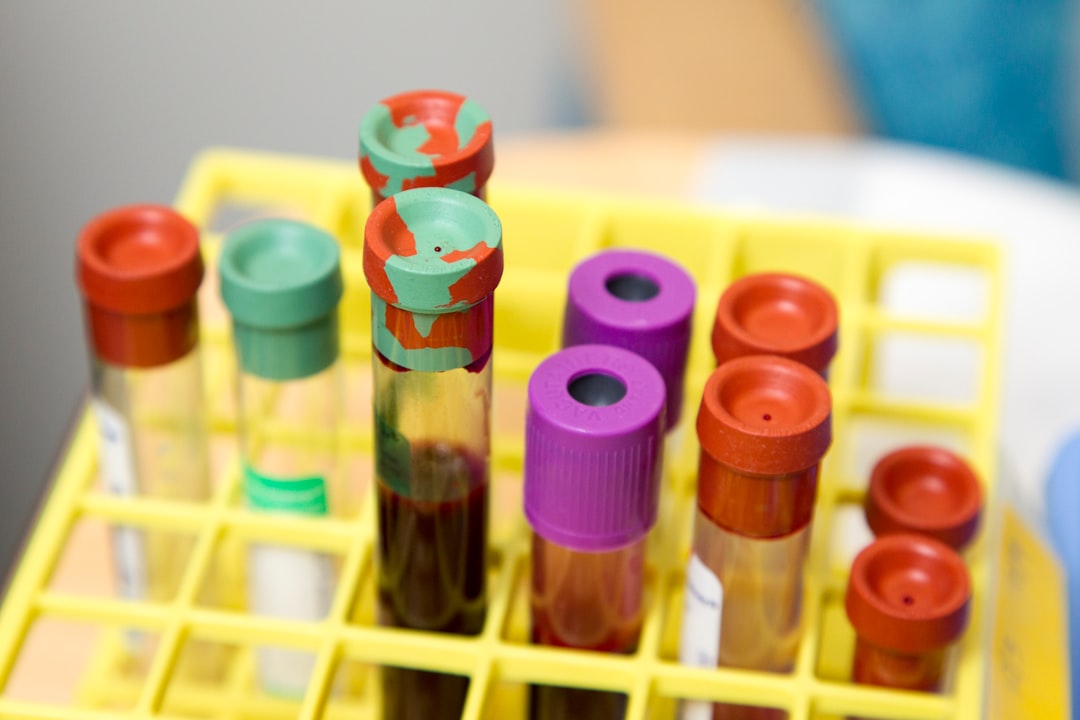What is it about?
The folate metabolic cycle is like a crucial assembly line in cells, making sure everything runs smoothly. In the world of bacteria, especially in the notorious M. tuberculosis (that causes tuberculosis), scientists have been looking at one enzyme, dihydrofolate reductase, as a target for new antibiotics. But things changed when some tricky strains of bacteria became resistant to the usual drugs. Now, researchers are exploring other enzymes in this cycle as possible targets for new anti-tuberculosis drugs. They've learned a lot about these enzymes and how they work. Two enzymes, in particular, have caught their attention: Mtb flavin-dependent thymidylate synthase and MtRv2671. These enzymes play different roles in the folate cycle, and understanding them better can help create new drugs. While scientists have figured out the details of most enzymes in the folate cycle, some remain a mystery. In this review, we'll take you through the journey of discovering these enzymes and how they can help in designing better drugs for tuberculosis. We'll also tell you about the strategies used to make these promising drugs.
Featured Image

Photo by Robina Weermeijer on Unsplash
Why is it important?
Understanding and targeting the folate metabolic cycle in tuberculosis (TB) is important for several reasons: 1) Drug Resistance: Tuberculosis has become a global health crisis, partially due to the emergence of drug-resistant strains. Many existing drugs no longer work against these strains, making the need for new and effective treatments urgent. 2) Diverse Targets: While dihydrofolate reductase was a well-studied target, focusing on other enzymes in the folate cycle can potentially provide more options for drug development. Having multiple targets increases the chances of finding effective drugs. 3) Innovation: Exploring less-explored enzymes in the folate cycle brings innovation to the field of drug development. It can lead to the creation of novel drugs with different mechanisms of action, potentially more effective and with fewer side effects. 4) Better Understanding: A comprehensive understanding of the folate metabolic cycle and the enzymes involved provides insight into the TB bacteria's biology. This knowledge can be used to design drugs that specifically disrupt critical processes in the bacteria, hopefully without affecting human cells. 5) Global Health: TB remains a significant global health concern, particularly in low-resource settings. New and effective drugs can help in the fight against this disease, saving lives and reducing its spread. In summary, investigating the folate metabolic cycle and alternative enzymes as targets for TB drug development is important because it broadens the scope of potential drug candidates and offers new hope in the battle against drug-resistant TB.
Perspectives
This review aims to compile recent advances in the development of folate pathway inhibitors that do not rely on dihydrofolate reductase as a primary target. By exploring other enzymes within the metabolic cycle, this article opens up new possibilities for identifying specific molecular targets that can lead to the development of selective and active biocompounds.
Sandra Valeria Vassiliades
Universidade de Sao Paulo Campus da Capital
Read the Original
This page is a summary of: Folate Pathway Inhibitors, An Underestimated and Underexplored Molecular
Target for New Anti-tuberculosis Agents, Mini-Reviews in Medicinal Chemistry, September 2023, Bentham Science Publishers,
DOI: 10.2174/1389557523666230206163154.
You can read the full text:
Contributors
The following have contributed to this page










